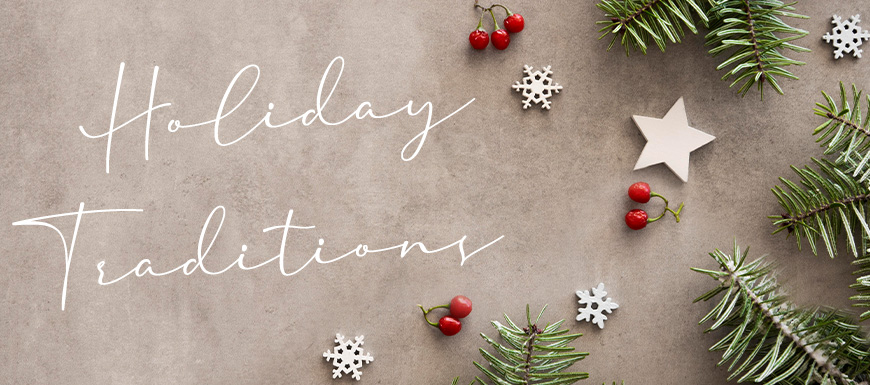
Christmas and the Holiday’s are the time of year where all your friends and family finally get to come together and celebrate. It is a time of festivities, parties, gift giving, and most of all traditions. Every culture and family have their own traditions from decorating the tree together to eating turkey every year. These traditions are what brings us closers together and allows us to share our family and cultural history with each other.
Italy and Spain like everywhere else have their own cultural and food traditions. Every year their people and tourists get to celebrate them together and enjoy the culture. Both have their own amazing foods that they bring out just for the Holiday’s that are enjoyed all around the world. Check out Vincenzo’s online and in-store to pick up some of these amazing Holiday treats.
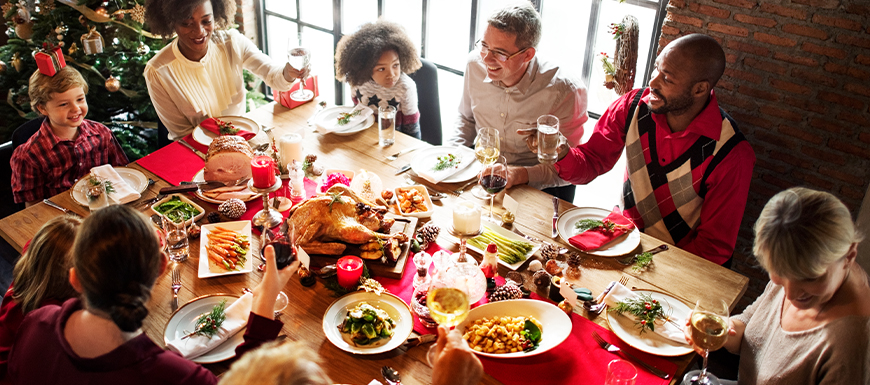
Italian Christmas is one filled with rich history and tradition. Italian’s love Christmas and take the Holiday very seriously as it is bathed in religious traditions. The Christmas season and festivities last round a month starting on December 8th, the day the Virgin Mary conceived baby Jesus, and ending on January 6th, the day the three Wise Men visited the manger. Most Italians no longer celebrate December 8th but rather use it as a free day to decorate their house and tree with their family and friends.
On December 24th they have what is called “La Vigilia”, a large feast to celebrate Christmas eve. The meal is traditionally meat free and mainly consists of fish and other seafood, because of an old Catholic tradition. The tradition states that not eating meat purifies the body before a religious celebration, so they do not eat meat before Christmas.
The food for the feast tends to vary depending on what region of Italy you are in. However, the most common or popular foods for the meal are, marinated anchovies or tuna, baccala (codfish) served with potatoes, mussels in broth, clams with pasta, and of course risotto.
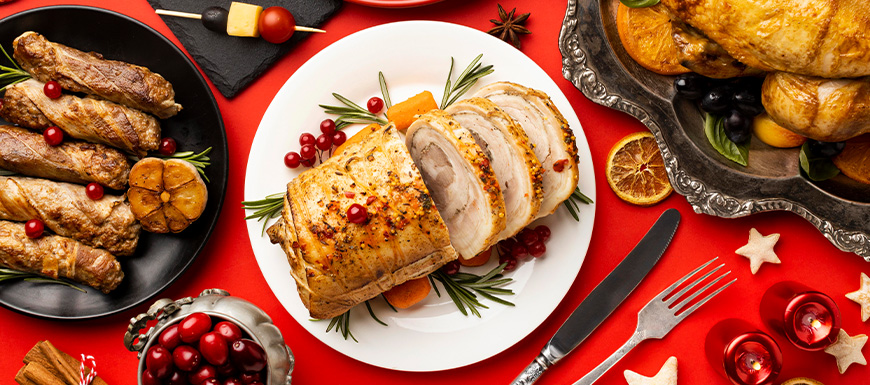
“Natale” is a family lunch served in the early afternoon on December 25th. This lunch can sometimes be over a dozen courses long and features foods such as:
Together the two meals are referred to as “La Vigilia di Natale” and are a way for Italian families to come together to bring in the Holiday’s.
Along with food and grand feasts Italians also have many other fun traditions. There is “Zampognari”, which is where bagpipe players dress up as shepherds and go door to door playing Christmas Carols. There is also the Nativity scene or “Presepe” which they love to display and put out for the season. Finally, there is also “La Befana”, an old Italian lady who wished to bring gifts to baby Jesus but got lost along the way. Now every year children on January 5th children leave out their socks or shoes before going to bed and in the morning, they will be filled with candy. La Befana flies around on her broom still trying to get to Bethlehem and on the way leaves candy for the children and with her broom swipes away all unhappy thoughts or bad deeds from the previous year.
To find some amazing foods for a feast of your own or candy for La Befana to leave for the kids, check out Vincenzo’s online or in-store.
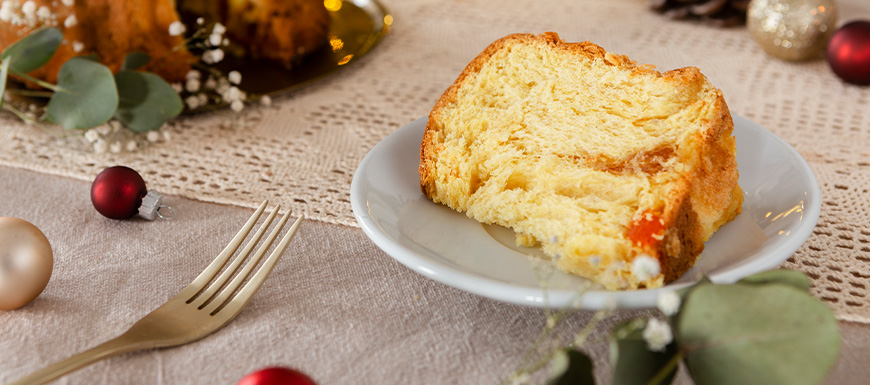
Panettone for those that are unaware is a sweet bread desert originally from Milan, Italy. It is typically served almost like a cake at Christmas and is meant to be shared.
The version that we know today was believed to be created back in the 15th century by a pastry chef who worked for the Duke of Milano at the time, Ludovico il Moro. It is said that it was made because they Duke had thrown a huge party at Christmas and had served mass amounts of food. When all the courses had been served, the Duke demanded desert, but the pastry chef was distracted and had allowed the desert to burn. With little to no food left in the kitchen he grabbed some dough he was proofing, and mixed it with sugar, butter, candied citron, and some raisins and put it in a round baking dish and threw it in the oven. He then served it to the Duke and all his guests with sweet wine as they had nothing else.
These days panettone is made in a fairly similar way. It is made with a very acidic dough that has been allowed to proof for many days, this gives it its signature bouncy texture. It is then mixed with candied orange, citron, and lemon zest, raisins are then also added dried not soaked. You can also find other fillings such as chocolate or orange or pistachios or other kinds of nuts.
It is also often accompanied by something else on the side. Traditionally and still to this day it is served with a sweet wine or some sort of hot sweet beverage. It is also served with “Crema al mascarpone” a whipped mascarpone served on top or alongside it. You can also find many people enjoying it with fresh berries, dark chocolate drizzled over top, sweet spreads, or whipped cream.
For an amazing panettone or something to accompany one, check out Vincenzo’s online or in-store.
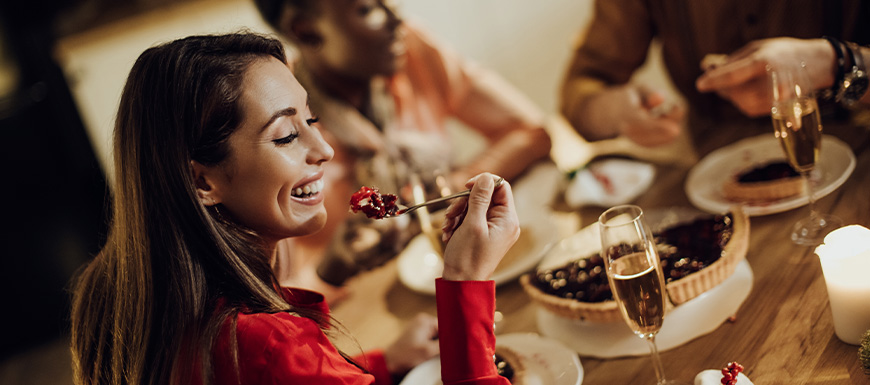
Spanish Christmas, like Italian is filled with rich culture, history, traditions, and foods. Their culture is also heavily saturated by religion as most Holiday’s are and a lot of their traditions stem from that. Their food, however, is how they like to celebrate the Holiday and bring everyone together.
Spain and Italy have a lot of cross over when it comes to food, much of which can be found around Christmas. Deserts and other food alike are found around both dinner tables when it comes to the Holiday season and it’s easy to see why. So much of both of their foods involve rich flavours steeped in tradition and culture, and many cause the mouth to water just looking at them.
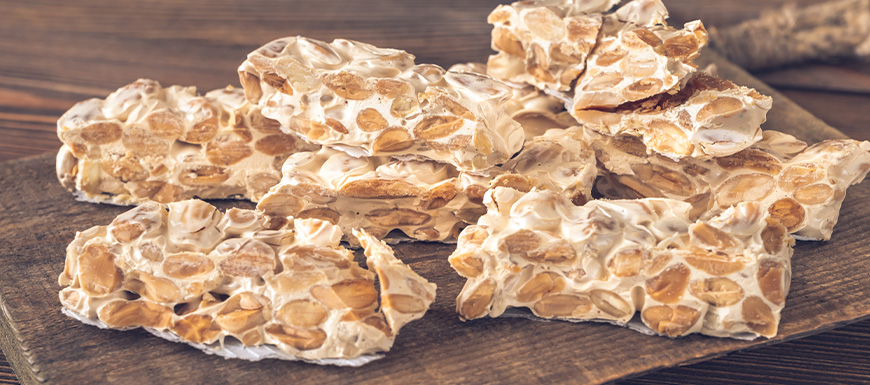
Turrón (Spanish) or Torrone (Italian) is a Southwestern European nougat desert. It is typically made from honey, sugar, and egg whites. Traditionally toasted almonds would also be added or some other type of nut. It is enjoyed by people in Spain, Portugal, and Italy, typically around Christmas or other Holiday’s.
The first recipe for modern day turrón is believed to be from the 16th century “Manual de Mujeres” (Woman’s Handbook), a handbook written for woman filled with cosmetic and some culinary recipes. In this handbook is a recipe for turrón, where it calls for honey and some egg whites to be mixed and baked until breakable once cooled. When the mixture is still hot, and the honey has melted the recipes says to add in pine nuts, almonds or hazelnuts peeled and roasted. The mixture is then baked for a little longer and then removed from the heat and cut into slices.
Today it is enjoyed and made all year round but still mainly enjoyed during the Holiday’s. As a simple and customizable treat, it is easy to see why it is so popular. To grab some this Holiday season as an extra special treat, check out Vincenzo’s.
When most people think of the alcoholic beverage of cider they generally go to Irish or American cider, however, Spanish cider may be the best way to enjoy it. Spanish cider or sidra (in Spanish) comes from the Northwestern regions of Spain specifically Asturias and can be dated back to the 1st century. It is not sweet or sparkling and has no yeast or sugar. It was made to celebrate the natural tang and flavour of the apple.
It is left to ferment not in yeast or sugar, but simply with the natural amounts of yeast found within the apples themselves. The apples are typically picked around September to October and left to ferment until January, which is why it is enjoyed around the Holiday’s. When the drink is bottled, it is not clear or see through like most ciders, it is in fact cloudy with visible sediment at the bottom. This is because nothing else is done to the mixture other than letting it ferment, it isn’t even strained or filtered.
In Spain when the cider is almost finished fermenting at the very beginning of January or end of December people have what is called a “Espichas”. Which is a type of tasting party, where friends and family are gathered to try the first cider of the season before it is bottled and sold. It is served straight from the barrel and paired with bread, ham, and cheese. If the cider is good and passes, then it is bottled and sold for the next few months.
Cider is also served in a different way over in Spain. They practice what is called “throwing the sidra”, which is where the bottle of cider is held about three to four feet above the glass and then poured to allow air to get in and create temporary carbonation. Only one to two sips are served at a time and meant to be drank right away, this allows the cider to stay airy and full of the natural apple flavour. It can be found all over Spain in shops or “Chigre” or cider bars, however, here in Canada it is a little harder to find. As of right now it is extremely hard to find outside of Spain as it takes so long to produce and can only be made at certain times of the year.
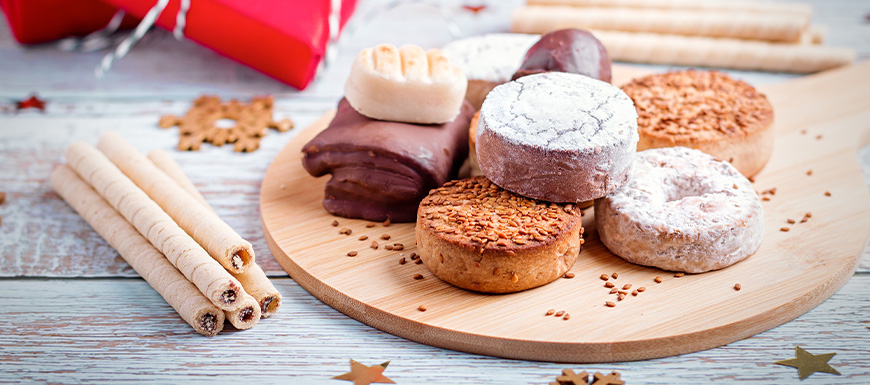
Polvorones are another delicious desert served at Christmas time. It is a Spanish shortbread or Mantecado. Mantecado is the name for a variety of Spanish shortbreads including polvorones, however, not all Mantecado are polvorones. Polvorones are made of flour, lard, sugar, almonds and milk, and are meant to be heavy, soft, and very crumbly. They are mostly found in the Andalusia region of Spain, but they can be found in other countries as well such as Cuba and the Philippines. Traditionally polvorones are made with lard as a fat, however, now-a-days it can be made with butter or for vegetarians it can be made with olive oil.
Food and traditions are what bring us together at the Holiday’s and it is what helps us unite as people and share our culture with the world. Italy and Spain are both filled with rich culture and amazing foods and fun traditions. Make sure to check out Vincenzo’s online or in-store this Christmas season for all your Holiday needs.
